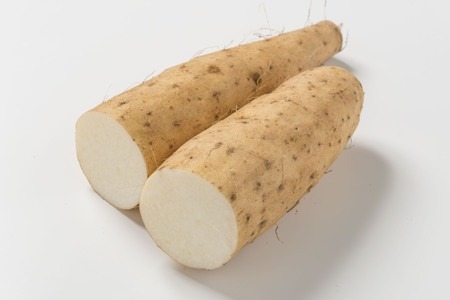
Amala might not be that well known to many of us in Europe but to many it is a classic staple.
Any visit to a Nigerian or even West African restaurant in London may well offer àmàlà on its menu. It’s an interesting food made from a mix of yam and cassava flour. Perhaps the most interesting component is the yam flour which is called elubo. Yams themselves are white in colour but drying turns the flour a dark brown due to various Maillard browning reactions. It is one of the characteristic features of this particular type of flour. Àmàlà is derived from Western Africa and is eaten mostly by the Yoruba people in Nigeria but not that often by those of the Ebu.
Uses For Amala Flour
Amala flour is especially rich in various carbohydrates and actually makes a good thickening agent in soups mainly. Cassava flour is also used when other types of flour are not available. A dough is prepared from the flour using the following process. The àmàlà is prepared by addition of the flour to boiling water with either one of the two types of flour. Once the water has come to the boil, the heat is reduced. The flour is added and stirred until all the water is absorbed. More hot water is added, so the dough is left to simmer for approximately five minutes. The dough is pulled along with the water until the desired texture is created. The pulling of the dough into a smooth paste is the most difficult part of making àmàlà.
The àmàlà flour is eaten with a variety of soups such as Egusi, Okro, Efo Riro, Gbegiri and Ogbono soups.


Leave a Reply